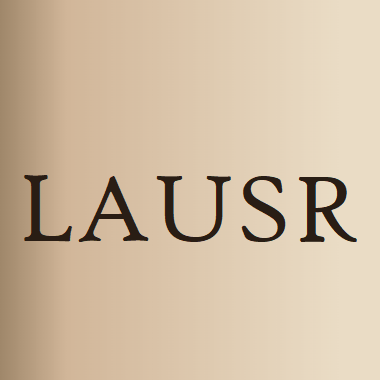
ABSTRACT Steady‐state evoked potentials (SSEPs) are rhythmic brain responses to rhythmic sensory stimulation, and are often used to study perceptual and attentional processes. We present a data analysis method for… Click to show full abstract
ABSTRACT Steady‐state evoked potentials (SSEPs) are rhythmic brain responses to rhythmic sensory stimulation, and are often used to study perceptual and attentional processes. We present a data analysis method for maximizing the signal‐to‐noise ratio of the narrow‐band steady‐state response in the frequency and time‐frequency domains. The method, termed rhythmic entrainment source separation (RESS), is based on denoising source separation approaches that take advantage of the simultaneous but differential projection of neural activity to multiple electrodes or sensors. Our approach is a combination and extension of existing multivariate source separation methods. We demonstrate that RESS performs well on both simulated and empirical data, and outperforms conventional SSEP analysis methods based on selecting electrodes with the strongest SSEP response, as well as several other linear spatial filters. We also discuss the potential confound of overfitting, whereby the filter captures noise in absence of a signal. Matlab scripts are available to replicate and extend our simulations and methods. We conclude with some practical advice for optimizing SSEP data analyses and interpreting the results. HIGHLIGHTSSteady‐state evoked potentials are neural responses to rhythmic sensory stimuli.We present a spatial filtering method (termed RESS) that optimizes EEG SSEP analyses.RESS boosts signal‐to‐noise and accurately reconstructs simulated SSEP time courses.RESS detects temporal nonstationarities, thus increasing experiment flexibility.
Journal Title: NeuroImage
Year Published: 2017
Link to full text (if available)
Share on Social Media: Sign Up to like & get
recommendations!